In a LinkedIn post published on Tuesday, Microsoft's leading advocate for the HoloLens made a prediction that the mixing of immersive technologies will define augmented reality in 2018.
Alex Kipman, the Technical Fellow for new device categories for Microsoft's Windows and Devices Group (and NR50 member), believes the convergence of "mixed reality" and artificial intelligence, the melding of augmented and virtual reality, and the rise of immersive communications as developments represent the key advances in the technology this year. Or, in other words, these are Microsoft's priorities for augmented and virtual reality in 2018.
First, Kipman outlines why he believes the combination of augmented reality and artificial intelligence will point the way toward the future of computing.
"The ability to blend the physical and digital worlds in mixed reality enables us to build experiences where people, places, and things become independent of their physical location and can interact with their digital counterparts," wrote Kipman. "Artificial Intelligence further drives these experiences, giving us superpowers over space and time."
It's also a message that Microsoft's marketing team has espoused as part of a recent TV ad featuring actor and rapper Common.
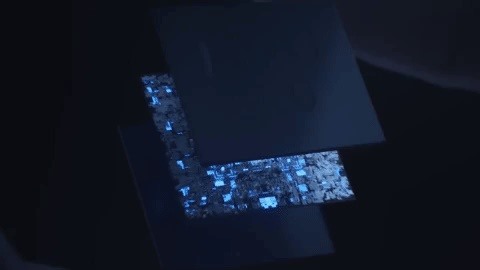
Kipman pointed to Microsoft's announcement last year of AI-powered custom silicon in the Holographic Processing Unit for the next version of HoloLens as a key milestone for computers gaining environmental awareness. While the next HoloLens is not expected until 2019, Kipman notes that cloud-based computer vision is already very capable of recognizing objects in augmented reality experiences.
"The computing power delivered by the cloud is one of the catalysts accelerating AI, and this is the year that the mixed reality cloud becomes real," wrote Kipman.

Next, although Kipman views the addition of AI as a critical part of the equation for computing power, he also sees value in the merging of augmented and virtual reality from an experiential standpoint. And, from a marketing standpoint, the more the technologies meld, the more Microsoft can manage the definition it is cultivating for "mixed reality."
Kipman points to a demonstration by Cirque du Soleil from Build 2017 as an example of how AR and VR can be used together in a mixed reality experience. The technology team demonstrated how set designs can be produced in augmented reality through the HoloLens and how remote collaboration is facilitated through virtual reality.

Speaking of remote collaboration, immersive communications represents the third stake in Microsoft's strategy.
"For me, the killer app will be social communication; experiences that tear down the walls of isolation," wrote Kipman. "I believe that mixed reality has the power to connect people in compelling and meaningful ways. From our work life to our personal life, communication and presence is the fabric that ties us together."

A key component of that strategy is the acquisition of AltspaceVR last year. Last month, Kipman was the guest speaker at a town hall with the AltspaceVR community while using a Samsung HMD Odyssey VR headset.
"There is a little bit of work for us to support all of that in Windows Mixed Reality. The team is working super heavily on all of it. My hope is that in the next two to three months, you'll see it," said Kipman during the event. "I'll say, to not promise things, we don't deliver on, the first half of this year we will have it in the Microsoft Store."
While the piece is written as Kipman's viewpoint on the industry, it's difficult to divorce it from Microsoft's overall agenda, especially since there is an example of a Microsoft product attached to each trend in the piece. So, in that sense, it's helpful in setting expectations for what's to come in the near term and tracking how Microsoft intends to move augmented reality experiences forward.
In terms of hardware, it means smarter silicon to power more robust applications. That means the ability to move augmented reality beyond environmental mapping to environmental awareness can set the stage for more immersive experiences. For example, rather than just recognizing the depth of surfaces, but also recognizing the type of surface, such as concrete versus wood, can facilitate more responsive software.
And while most examples of augmented reality software in the enterprise space is often focused on assisting workers via technical instructions, Microsoft expects augmented reality to become a means for changing the way work itself is accomplished. In simple terms, while most companies are pushing AR as a new way to view a painting, while Microsoft wants AR to be the canvas, the paint, and the paintbrush.
Overall, for consumers, we can expect augmented reality from Microsoft to eventually become a shared experience rather than individual entertainment. However, "eventually" is the operative word here. For now, it appears that Microsoft is content to lean on virtual reality experiences when it comes to consumers.
Just updated your iPhone? You'll find new features for Podcasts, News, Books, and TV, as well as important security improvements and fresh wallpapers. Find out what's new and changed on your iPhone with the iOS 17.5 update.
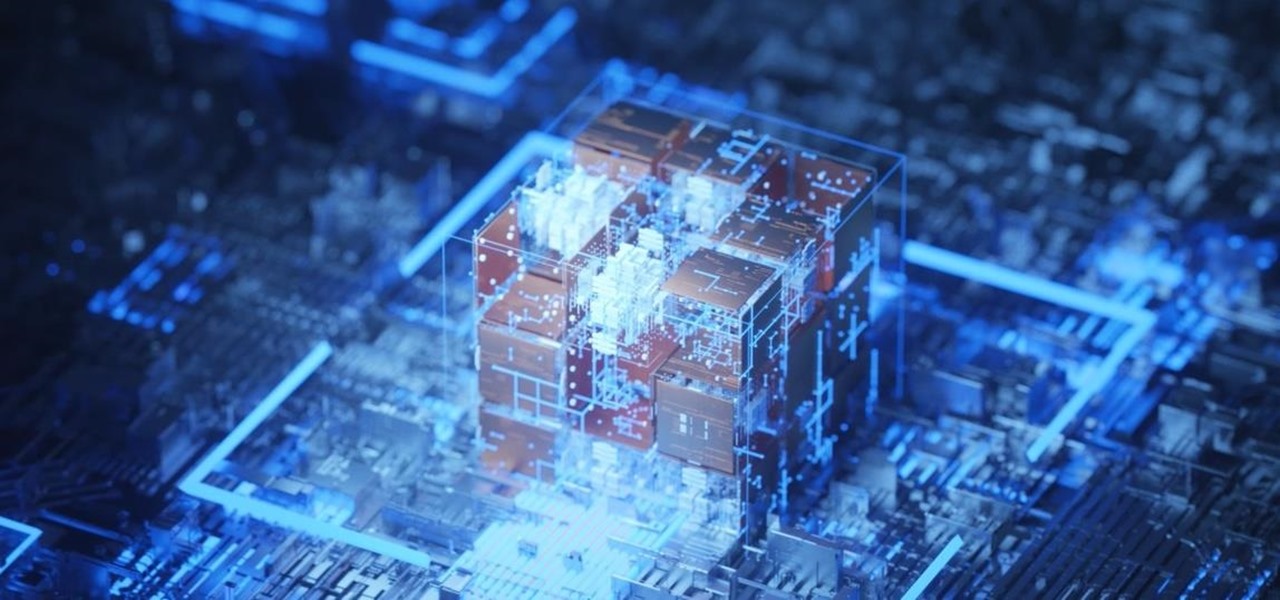








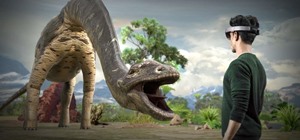



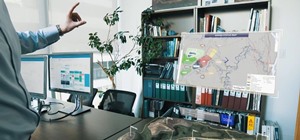
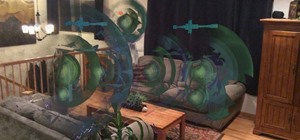
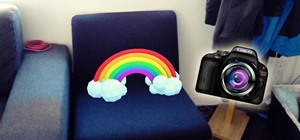
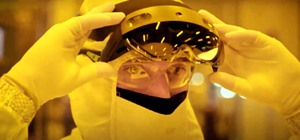
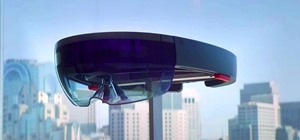
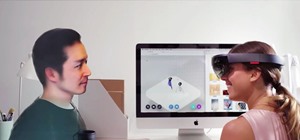
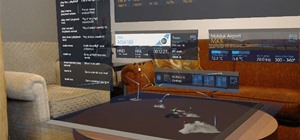
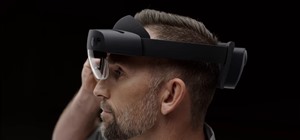
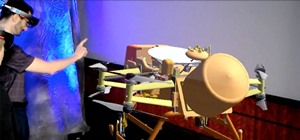
Be the First to Comment
Share Your Thoughts